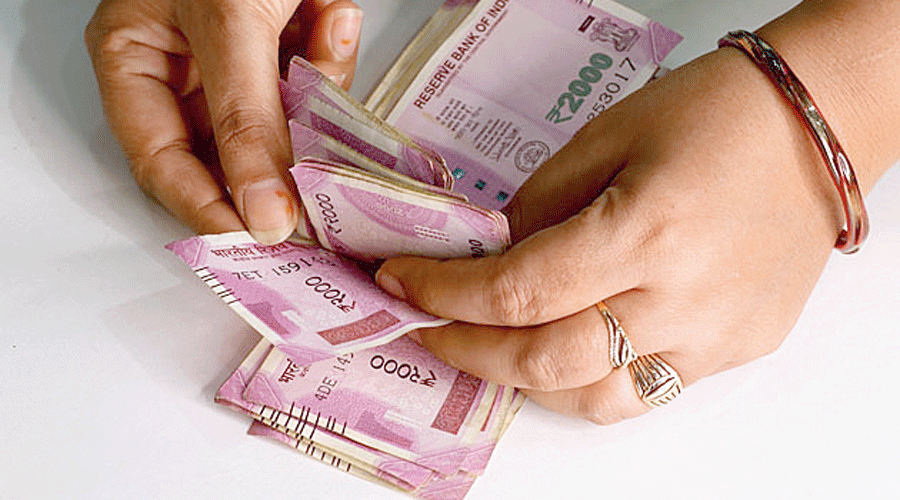Sagar Bhoi, 26, earns Rs 400 as wages for a day’s work in paddy fields owned by others. His aunt Savan Bhoi, 59, has to be satisfied with Rs 300 for the same job.
“Women workers receive Rs 100 less than male workers. In all types of work, women are paid less,” Sagar said.
Sagar, resident of Garh Nipania village in Odisha’s Puri district, and his aunt belong to the Scheduled Castes. Sagar is a primary school dropout while his aunt is illiterate. They are landless farm-and-construction labourers.
“Women are thought to work less than men. But the truth is that women do more work as they do not take tea or smoking breaks,” Sagar said.
“They are not fit for heavy labour like lifting, ploughing or driving tractors. But they do well in transplanting, removing grass from soil and sprinkling fertilisers and pesticides. Even for such jobs, however, they are paid less than their male co-workers.”
This gender discrimination at the workplace is spread far wider than Sagar’s village. A study released recently has found that women face bias both in recruitment and pay across India.
The India Discrimination Report 2022, released by the NGO Oxfam India, also found caste and sectarian bias: Dalit, tribal and Muslim workers earn less than others. While this can partly be attributed to a relative lack of education and training among disadvantaged groups, the report says that discrimination too plays a significant role.
The report has analysed the disparities among different groups in access to regular and casual jobs and self-employment, and in earnings. It used government data such as the 61st-round National Sample Survey (NSS) data on employment and unemployment (2004-05) and the Periodic Labour Force Surveys (PLFS) of 2018-19 and 2019-20.
According to the report, the average monthly earning for men engaged in casual work was Rs 9,017 in 2020, which is 58 per cent higher than the Rs 5,709 their women counterparts earned.
In regular jobs, men earned an average Rs 19,779 against Rs 15,578 for women, a difference of 27 per cent. The gulf was the widest among the urban self-employed, with the men’s average monthly earning of Rs 15,996 being 141 per cent higher than the Rs 6,626 for women.
The Labour Force Participation Rate (LFPR) — the proportion of individuals employed or in search of jobs — for women aged 15 and above was 25.1 per cent in 2020 against 57.5 for men.
Amitabh Kundu, the report’s chief editor, said women workers were victims not just of rejection or discrimination from employers but of “societal prejudice” at home.
The report says a sizeable segment of qualified women shun the labour market because of family responsibilities or the need to conform to social norms.
Many employers claimed that despite being fair and open-minded, they were constrained to employ men over women because of job requirements that made women physically and socially vulnerable, such as late working hours, need for travel to remote areas, and field work, the report says.
The average income for regularly employed Dalit and tribal workers in urban areas was Rs 15,312 in 2020, against Rs 20,346 for those from the dominant castes. For the self-employed, the average income was Rs 15,878 for the dominant castes and Rs 10,533 for Dalit and tribal workers.
Muslims continue to face challenges in accessing salaried jobs and self-employment. For example, the report says, Muslims in rural areas earned Rs 12,796 a month in 2020 compared with Rs 13,440 for the rest.











